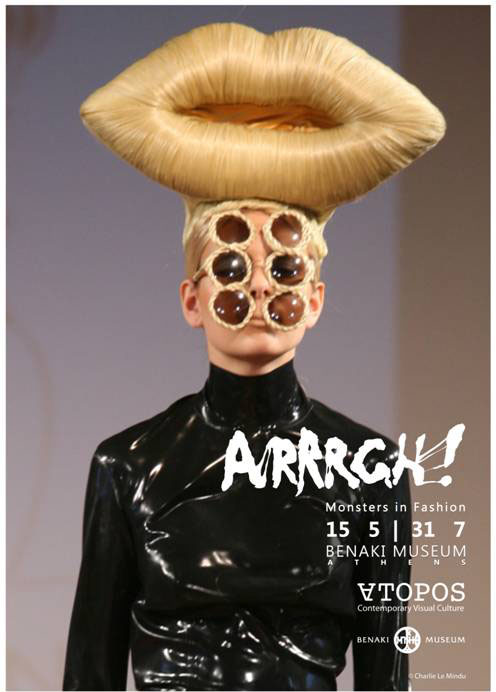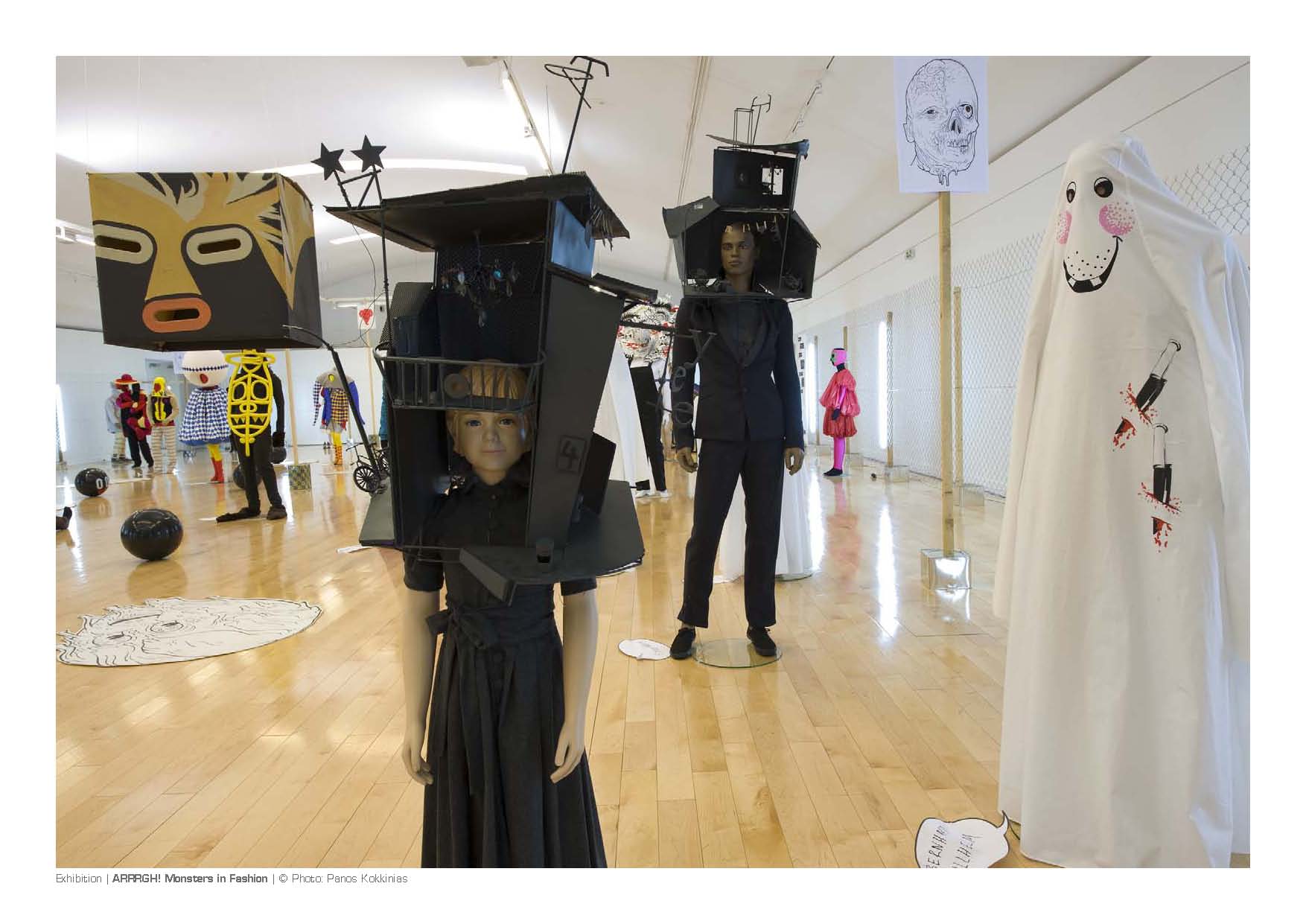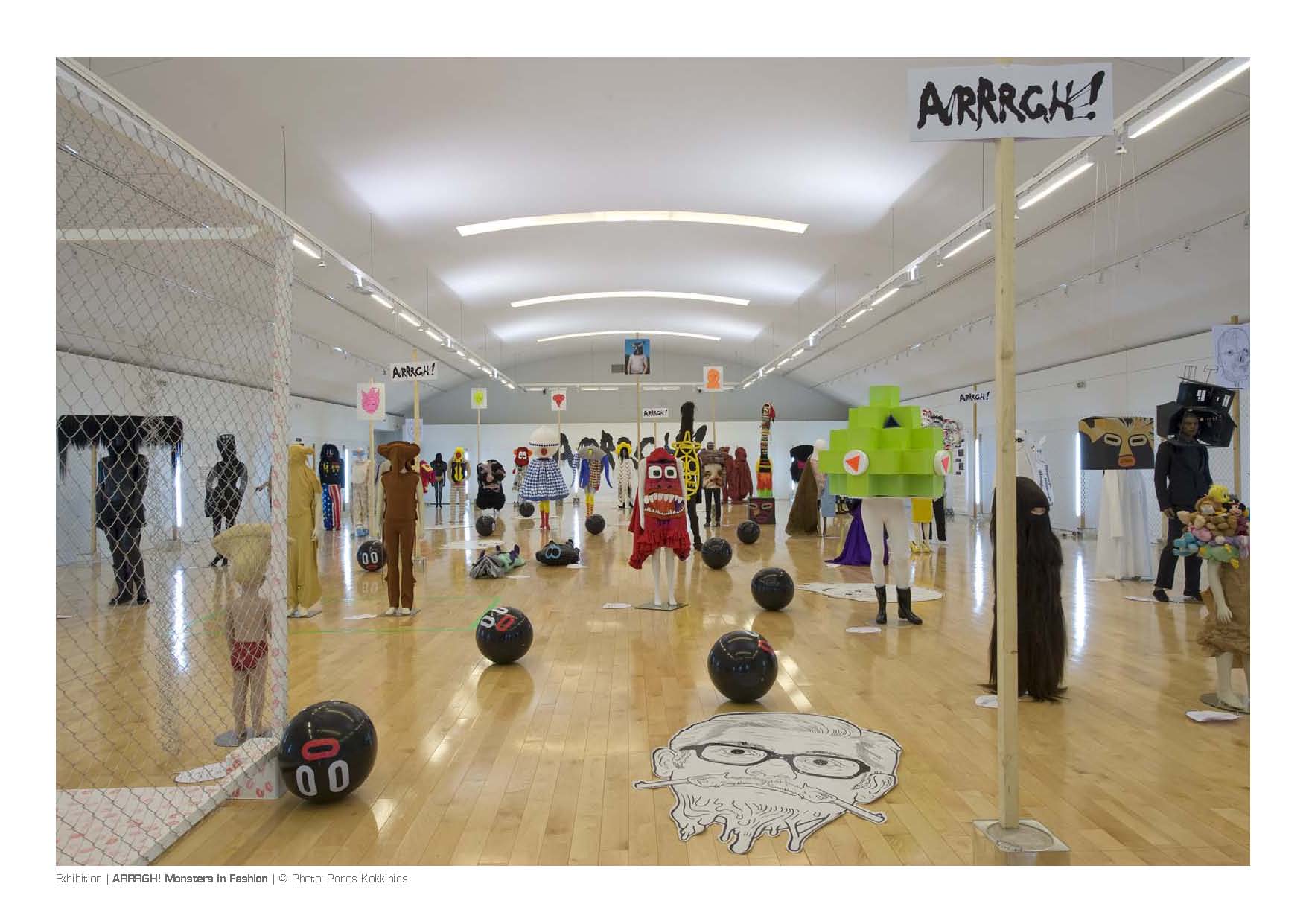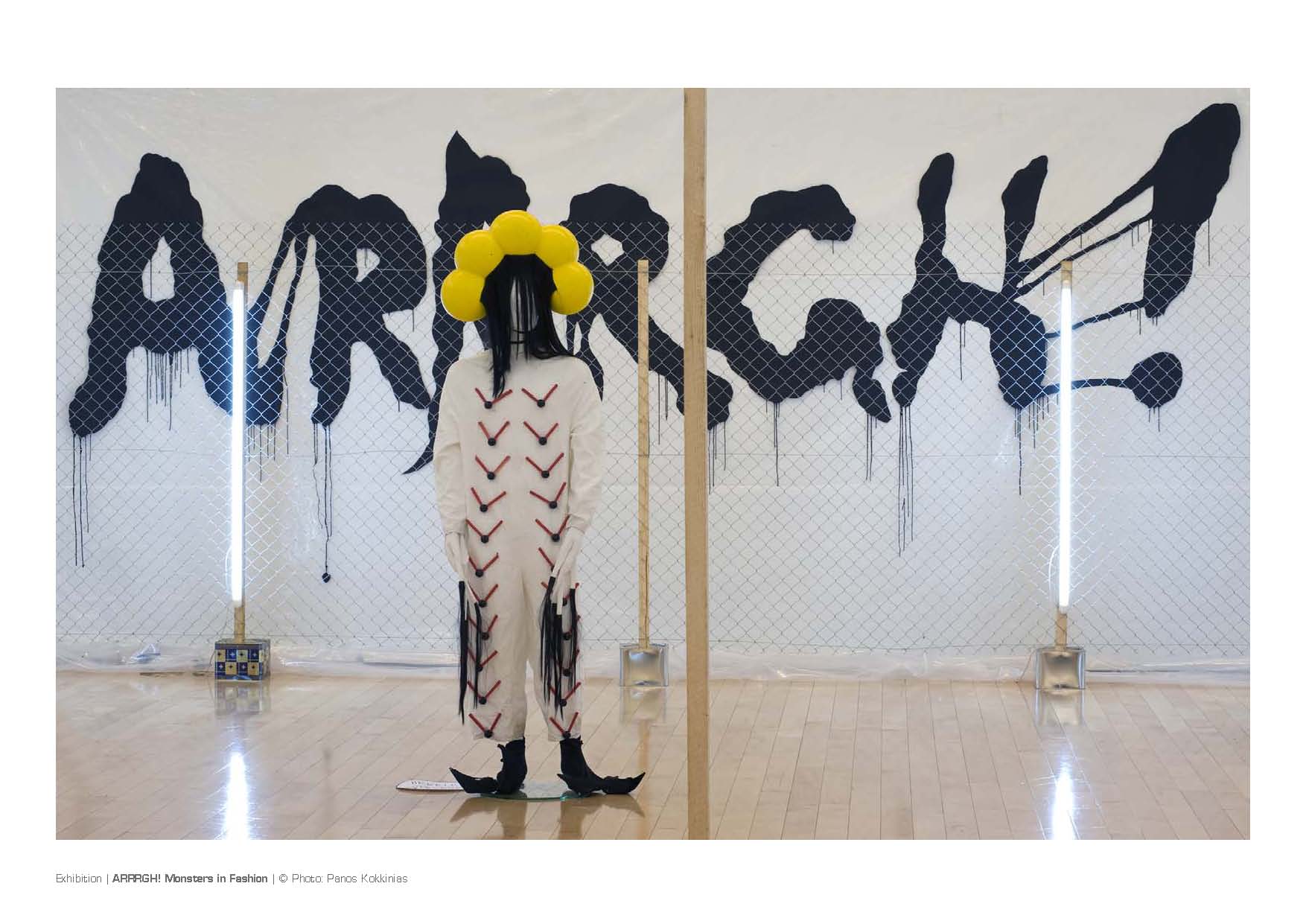Clothing can be a visual mirror of our inner selves. We each get dressed in the morning and make choices how to present ourselves to the world. We construct our identity with our choice of clothing and accessories and signal our belonging or not. This expression of identity through dress makes it a ready subject for artistic practices and interpretation and both artists and designers have considered notions of the body and identity as articulated through fashion.
There has been much debate about whether fashion is art. Fashion scholars such as Sung Bok Kim, Sandra Miller, Anne Hollander and Elizabeth Wilson have considered the question. In my interviews with four curators and scholars, including Matthew Teitelbaum of the Art Gallery of Ontario, Nathalie Bondil of the Montreal Museum of Fine Art, Valerie Steele of the Fashion Institute of Technology and Harold Koda of the Metropolitan Museum of Art, there was no consensus. This was not surprising to me given that fashion designers themselves do not agree on whether fashion is art.
It was an instinct – as a result of my work as an artist - that led me to frame the question in a different way. Instead of asking “is fashion art” it seemed to make more sense to ask “when does fashion become art?” After all, both fashion and art require the translation of an idea into another form. Both share a visual vocabulary and process-oriented development. Both fashion and art also have commercial aspects driving their conception. And both can include multiples as elements of a series or collection.
But, not all fashion is art. What falls into the realm of fashion is just too broad for that statement to be true, especially when fashion can include both garments of haute couture and trendy mass-produced items.
Changing the question to “When Does Fashion Become Art?” leaves open the possibility that some fashion might be considered art. This is especially true when contemporary art is defined by the expression of an idea or a concept. The object – whether painting, sculpture, video, installation or clothing – is important, but only in terms of the manifestation of the idea.
Nevertheless, ideas expressed in terms of fashion are accessible to audiences in a way that contemporary art often is not. One does not have to be a fashion scholar or understand the complex and divergent theories of how fashion works to decipher the language of clothing. We do it unconsciously every day and to me, it is this quality that makes fashion as art such a powerful statement.
Some curators have embraced the concept of fashion as art. Recent noteworthy exhibitions of this type have included The Concise Dictionary of Dress at the Blythe House, London in May 2010, Rodarte, States of Matter at the Museum of Contemporary Art Los Angeles in March 2011, McQueen: Savage Beauty at the Metropolitan Museum of Art in New York in May 2011 and The Fashion World of Jean Paul Gaultier at the Montreal Museum of Fine Art in June 2011.
Within each of these exhibitions, fashion was presented as a means of conveying a specific conceptual premise. This premise was not just a source of inspiration, but was a message or statement about society, identity or the body. And it is this aspect of fashion – when the form of expression is based on a thematic premise -- that defines for me the point at which fashion becomes art.
Ingrid Mida is a Toronto-based artist, writer and researcher who is interested in the intersection of fashion, art and history.
















